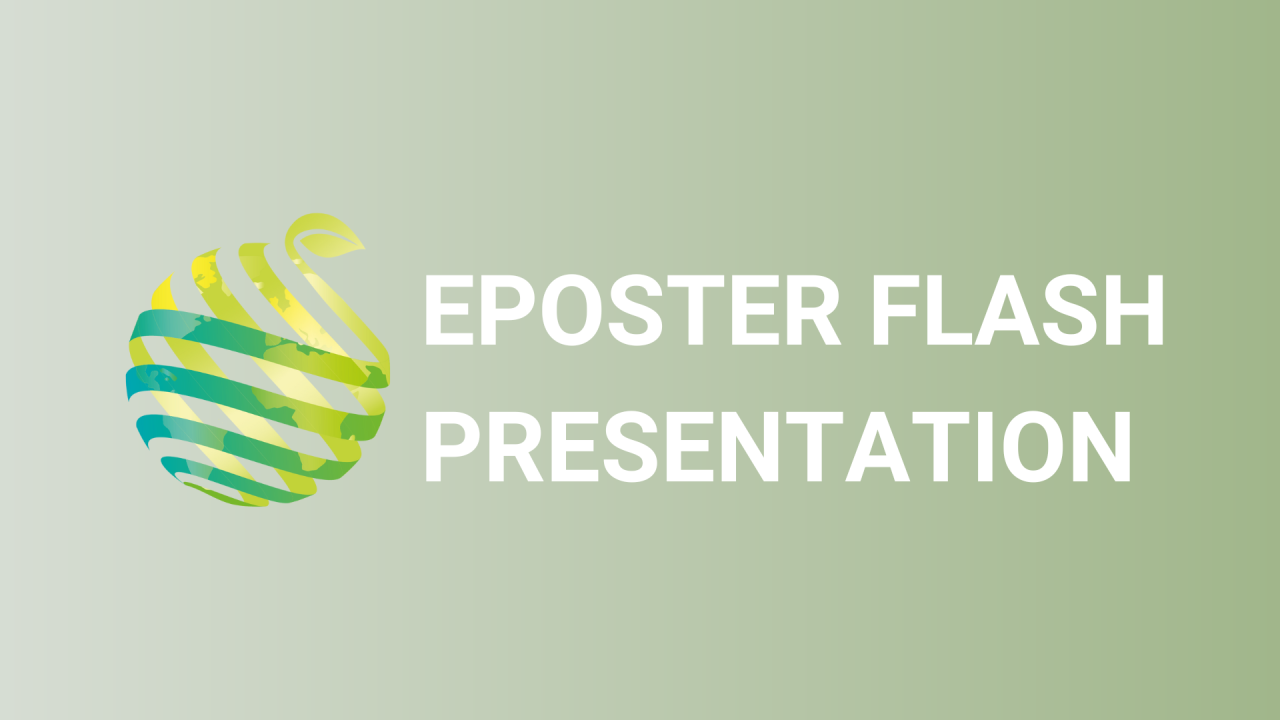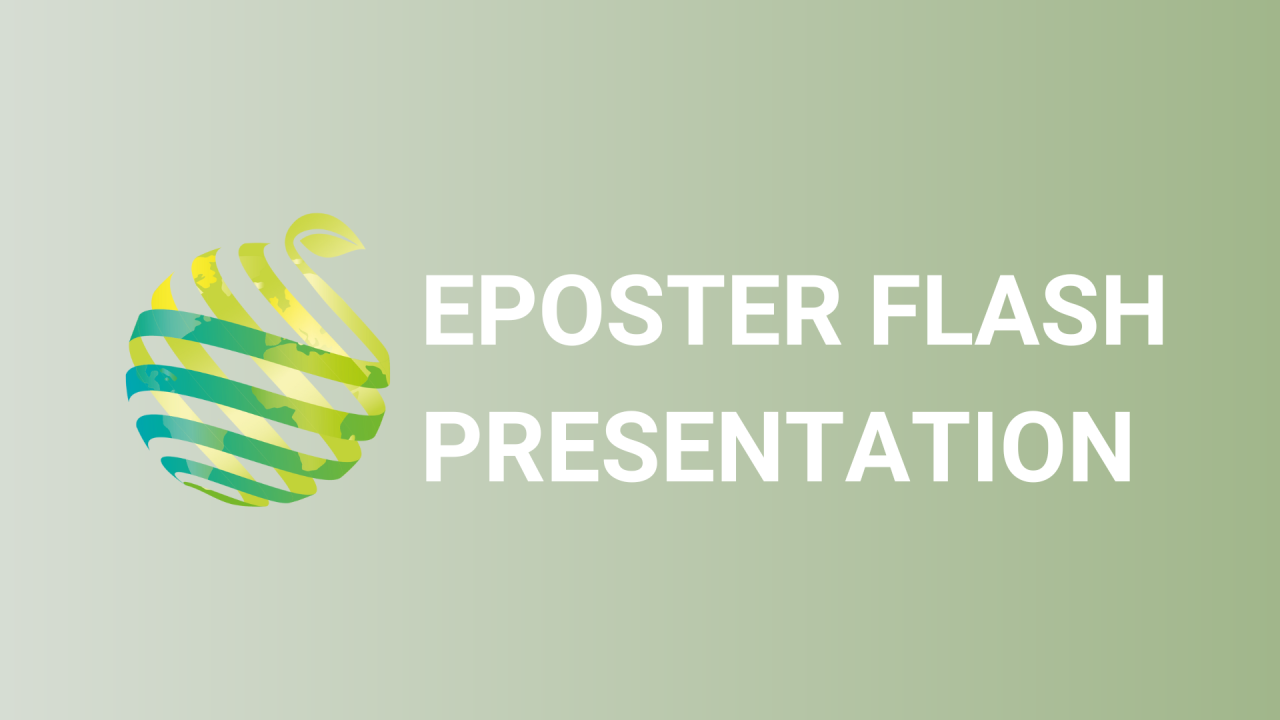

S08 - Session P4 - Phytochemical quality of Brassicaceae microgreens grown on different organic substrates: a deep dive into the metabolome
Information
Authors: Jens H. Knauth, Sebastian T. Soukup, Christoph H. Weinert, Patrick Pressler, Björn Egert, Sabine E. Kulling, Diana Bunzel *
Background and objectives: Microgreens are considered excellent sources of phytonutrients, offer a wide range of sensory characteristics and are perfectly suited for indoor production. Therefore, many commercial vertical farms have included microgreens in their product portfolio. Microgreens are commonly produced using hydroponic growth media. Here, the effects of using different organic substrates on the phytochemical composition of Brassicaceae microgreens were investigated by non-targeted metabolomics. Materials and methods: Broccoli ( Brassica oleracea var. italica Plenck) and Daikon radish ( Raphanus sativus var. niger J.Kern) seeds were sown on four different growing media (peat, coconut coir, coconut fibre mat, hemp fibre mat) at a density of 2.5 and 0.8 seeds cm -2 , respectively, and cultivated in a climate chamber (four trays per substrate and species). Following a germination phase of 3 days in the dark (24°C, 96-98% RH), LED lighting (sunlight ASTM G173-03, 365-740 nm) was applied at 180-260 µmol m 2 s -1 for 16 h/d (22/20°C, day/night; 65% RH). Nutrients were supplied by application of a quarter strength modified Hoagland solution (pH = 5.7). Microgreens were harvested 13 days after sowing. For each tray, yield was determined and 15 plants were phenotypically characterized. Samples were frozen in liquid nitrogen, freeze-dried, ball milled, extracted, and analyzed using untargeted GC×GC-MS and LC-ESI-ToF-MS metabolomics. Main results: For both species, developmental stage was comparable for all substrates as indicated by morphological data (number of true leaves, hypocotyl length, cotyledon length and width, length of longest true leaf). Additionally, using both analytical platforms, a wide range of primary as well as secondary plant metabolites was covered. Significant differences in color as well as plant metabolites were observed, especially for hemp fibre mats. Perspectives: Although good yields can be obtained, phytochemical quality of microgreens may significantly differ depending on the type of substrate used. When assessing quality and safety, non-targeted metabolomics approaches provide a deeper and less selective look into the plant.